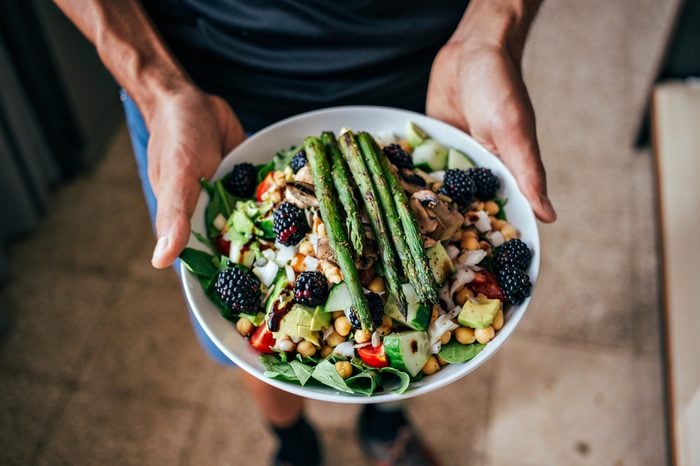
What is the Whole30 diet?
The Whole30 was created by two sports nutritionists, who published the first edition of their best-selling book Whole30: The 30-Day Guide to Total Health and Food Freedom in 2009. The point of the challenge is to eliminate the most inflammatory foods from your diet for a full 30 days and see how your body feels. At the top of the list of Whole30 rules: No alcohol, added or artificial sweeteners, dairy, grains of any kind, soy, legumes, food additives, or processed junk food for 30 days.
The plan’s claim—for which most nutritionists say there is little scientific evidence—is that a diet heavy on these foods contributes to out-of-whack hormones and harmful inflammation that impact general health as well as blood sugar, cravings, and body weight.
Converts say the diet helped them sleep better, get rid of cravings, heal myriad gut-health problems, control autoimmune flares, and ultimately make beneficial long-term changes.
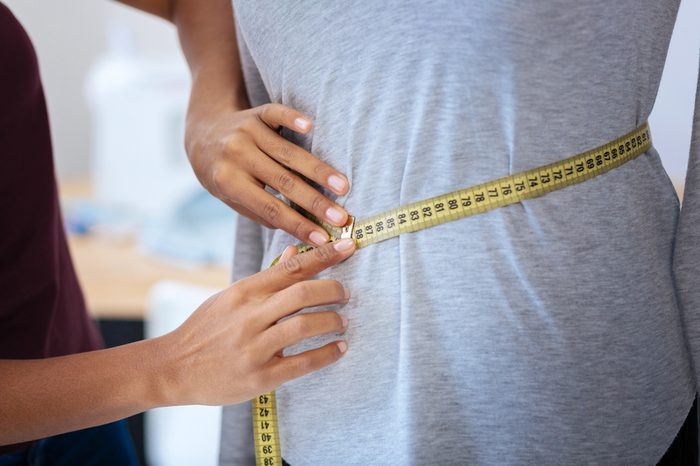
Why it might work
There’s nothing magical about it, according to Carolyn Williams, PhD, RD, a registered dietitian nutritionist. “For the most part, it’s just eating nutrient-dense food and cutting out extra calories from sugar and junk,” she says. “It’s probably a lot better than what most of us are eating now.” You’ll most likely lose weight—especially if you continue to apply some of the basic principles after your 30 days are up.
Still, navigating the Whole30 rules in terms of which foods are “allowed” and which aren’t can be time-consuming and confusing. Here’s a breakdown of what the plan permits and what you’ll have to kiss goodbye for the next 30 days. Whole30 rules work similarly to elimination diets prescribed to test for food allergies. Some of the foods on the do not eat list are no-brainers, but others have come under fire.

No alcohol
Booze is forbidden, but caffeine, notably, is not. Whole30 rules stipulate that tea, coffee, and even cacao drinks are all fine, as long as they don’t contain added sugar or dairy (see ya later, lattes). Kombucha, a fermented drink that does contain a tiny amount of alcohol, is fine, however. Here are 17 tips for cutting back on drinking booze.
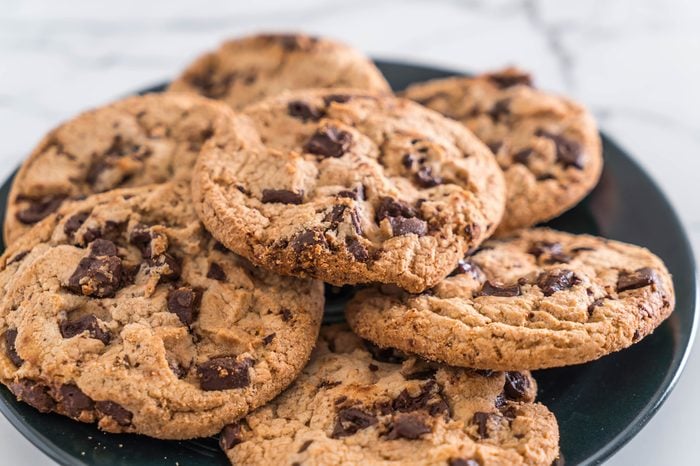
No added and artificial sweeteners
Most diets limit the sweet stuff, but Whole30 (as do many nutrition experts) makes no distinction between natural sweeteners like maple syrup, agave, and honey, and manufactured ones such as Stevia, Splenda, and xylitol. They’re all out. Plus, you have to read labels and avoid all products made with added sugars, and that can include everything from ketchup to salad dressing. Here’s a guide to the different names of sugar on ingredient labels.
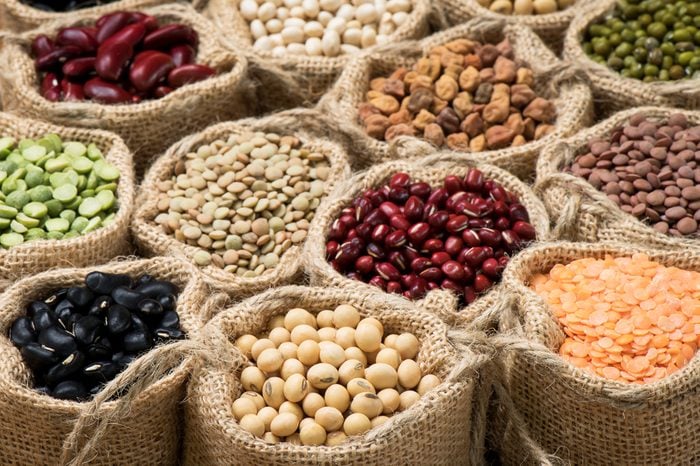
No legumes
This means foods such as beans, soy, and peanuts are out. (No peanut butter!) Many dietitians dislike this rule, mostly because traditional nutrition research has given these foods an enthusiastic thumbs up. Legumes are a plant-based protein with loads of fiber, making them extremely diet-friendly. But Whole30 rules them out for so-called “anti-nutrients”—fiber, which can mildly impede your body’s ability to absorb certain vitamins and minerals, explains Williams. But she’s quick to point out that the other benefits of legumes far outweigh this small drawback. Check out these stories from people who have lost weight on Whole30.
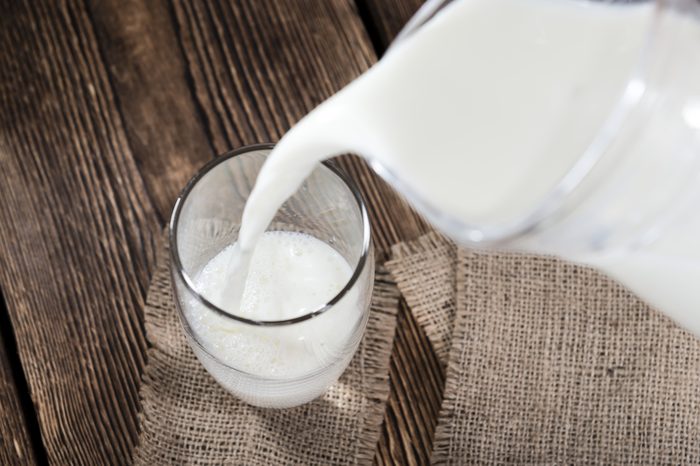
No dairy
Another common cause of food allergies, dairy has come under scrutiny in recent years. Whole30 eliminates the entire category—even plain, probiotic-rich Greek yogurt. According to the diet’s creators, some proteins found in dairy can trigger inflammation and are linked to an increased risk of autoimmune diseases. Williams points out that research doesn’t support this claim, and says the only compelling reason to avoid dairy is if “you have an allergy or sensitivity to dairy, cow’s milk, or lactose.”
Whole30 does allow an exception for ghee, clarified butter that has been separated from its proteins during processing.
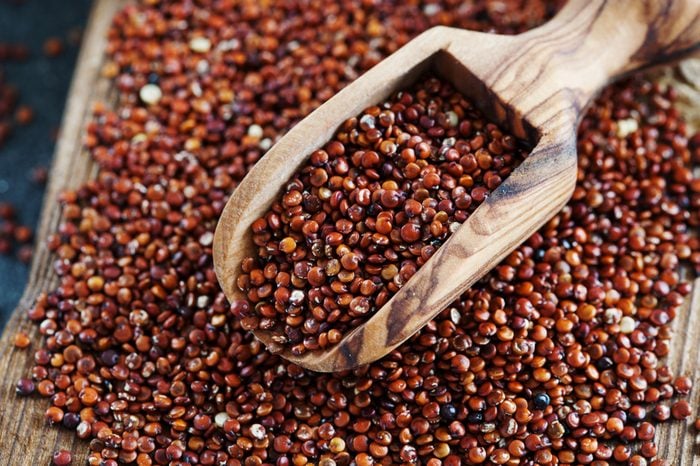
No grains
While plenty of diets restrict simple carbs, Whole30 eliminates even whole grains. This means no wheat, corn, oats, bran, or even brown rice. It also forbids pseudo-cereal grains, including amaranth, buckwheat, and protein-rich quinoa. Again, many nutritionists are uneasy about this requirement, given traditional research finds whole grains beneficial. But, Williams says, “most people are too grain-heavy. Pasta and bread are easy go-tos when you’re in a hurry, and on their own are not that nutritious.” While she’s not a huge fan of eliminating grains entirely, she does think this diet gets people thinking about other healthy ways to get those carbohydrates, such as fruits and vegetables.
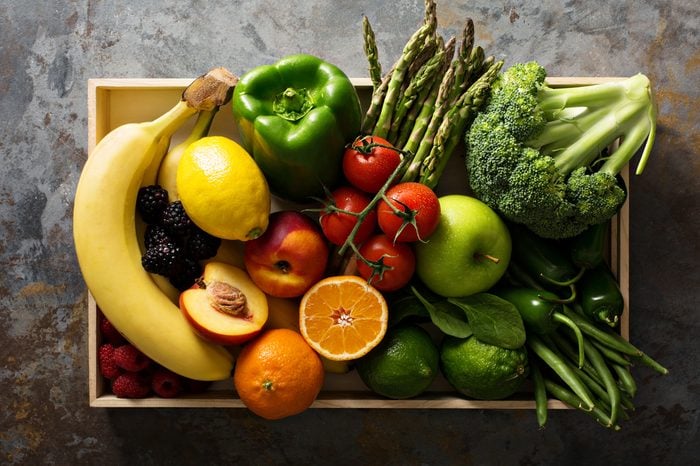
Fruits and vegetables
The Whole30 rules on produce are relaxed. You can have plenty of fruit—even dried fruit (which is typically high in natural sugar)—along with fruit and vegetable juices, as long as they don’t contain added sugars. On Whole30, practically nothing that grows in the ground is forbidden, even starchy potatoes. These are the healthiest fruits for your body.
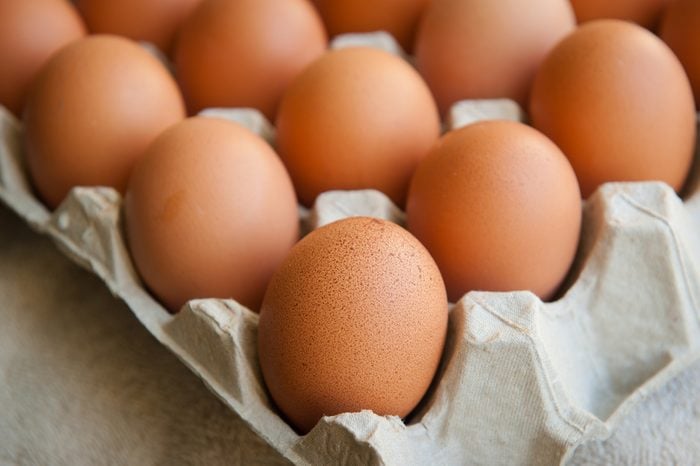
Meat and Seafood
Unlike many diets, Whole30 does not place an emphasis on lean protein. In fact, the book takes extra time to ensure you’re getting enough fat, and people who may be used to eating low-fat are encouraged to add avocado to their plate in the beginning. Included in the protein lineup are chicken, eggs, salmon, beef, and pork—including bacon and sausage, as long as they don’t contain added sugars, MSG, or sulfites. There is an emphasis on grass-fed, pastured, and wild sources of meat, eggs, and fish. This is a diet that wants you eating as close to the farm as possible.
You’ll find most Whole30 breakfast recipes contain eggs, and this becomes a challenge for some people. Smoothies are not allowed nor are muffins or pancakes, even when they’re made of Whole30-approved ingredients.
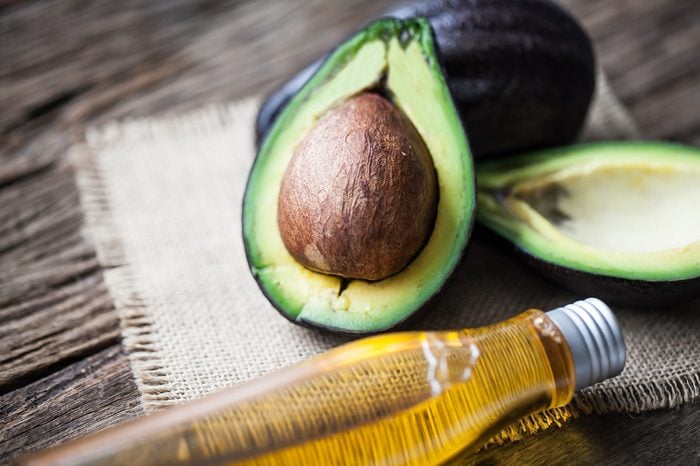
Fats
A dizzying array of fat is allowed on this diet, and not just the ones we think of as healthy like avocado and olive oil. You’re also allowed coconut, duck fat, and even lard! Except for peanut butter—which violates the no-legume rule—every kind of seed, nut, or nut butter is embraced. Here are seven clear signs you’re not eating enough healthy fats.
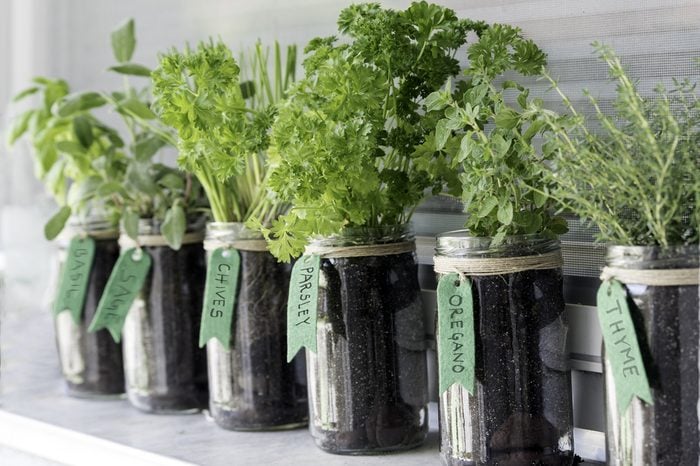
Seasonings
Herbs (fresh or dried), spices, mustard, and vinegar are all ways to up the flavor quotient in accordance with Whole30 rules. Check out the 15 amazing benefits of apple cider vinegar.
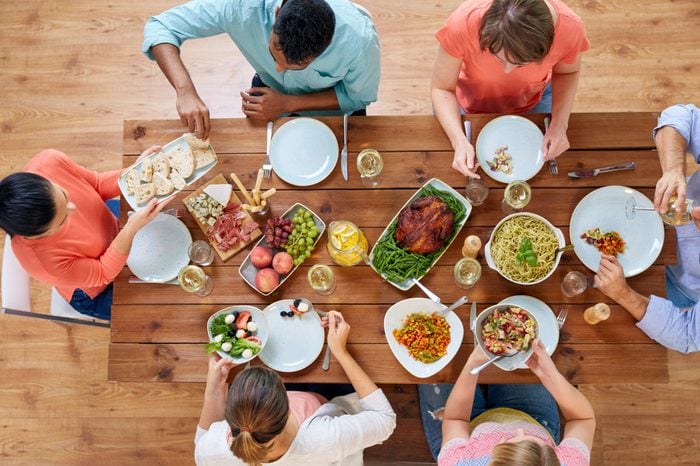
Whole30 recommendations
Perhaps the real key to the success of following the Whole30 rules is understanding the philosophy behind them. The diet has been billed as a way to reset your eating and ditch bad habits. So if you embrace the rules on those terms, they really may change your diet for the better. “It may be good for someone who has just never realized how food impacts them,” Williams says. That could be worth 30 days of your time.
Read the story of a woman lost 36 pounds on Whole30.
